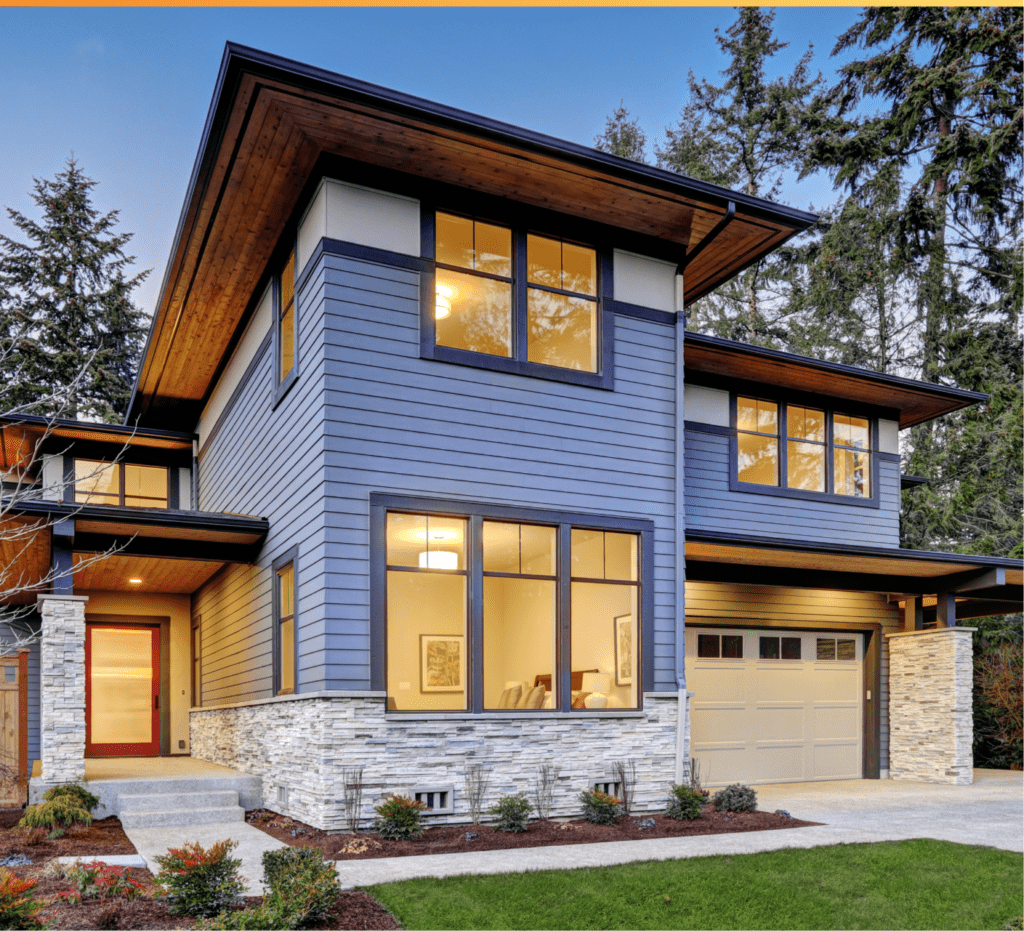
In 2023, sustainability is more than just a passing trend. It’s a lasting reality, and there has never been a more critical time to integrate renewable energy sources into homes.
According to a survey of U.S. realtors, half report that they helped clients buy or sell a home with green features, and two-thirds saw value in promoting energy efficiency in listings.
Consumer interest shouldn’t come as a surprise. According to the mortgage giant FreddieMac, homes with high energy efficiency sold more quickly and at higher prices than their less efficient counterparts.
With the average family spending more than $2,200 annually on utility bills and nearly 70 percent saying they want the U.S. to take steps to become carbon neutral, many people are looking to make an impact where it matters most: at home.
Historically, improving sustainability at home meant prioritizing energy efficiency by investing in less energy-intensive appliances, insulating walls and attics, and upgrading windows.
However, technological advances have allowed green home builders and buyers to do even more. In addition to engineering homes to maximize energy efficiency, they can integrate renewable energy sources that generate clean, sustainable power.
The timing is critical. A confluence of consumer, environmental, and regulatory trends is demanding new and better solutions. This includes consumers’ desire for expansive windows and doors, new building codes and regulatory standards, and broad building and buyer sentiment toward decarbonization.
Producing Renewable Power at Home to Balance Consumer Design Choices
Architects and designers face a unique challenge as more consumers drive residential designs that bring more natural light into the home, creating more windows and increasing demands for insulation and energy efficiency.
Additionally, as more home technology becomes interconnected, and smart homes are in demand, greener solutions must keep up with the consumer demand for the energy-consuming technologies they rely on and expect for their convenience.
Solar panels are the most popular – and most visible – green energy home enhancement.
Solar power is not a novel concept. The first solar power-related patent was filed in the 1860s, and the first rooftop solar installation took place in 1884. However, solar power popularity has soared in the past two decades, growing at a rate of more than 50 percent annually over the last ten years.
An analysis by Rocket Mortgage found that nearly 67 percent of homeowners say they are interested in solar power, and 27 percent are in the process of integrating solar power into their homes.
Today, solar power is more in-demand than ever before. It’s also more nuanced. Traditional solar energy technologies have tremendous upsides but also significant limitations.
Most notably, solar panels take up a lot of space. It’s estimated that the U.S. would need solar panels to cover the land equivalent of Rhode Island to meet its renewable energy goals.
For homeowners, this can be especially difficult, as home positioning or other factors can limit the number of solar panels that can be installed. For tall apartment buildings and skyscrapers, roof surface area is limited, making it difficult or impractical to utilize traditional solar panels to power their operations.
Complementary solar solutions can help bridge the gap.
Rather than relying exclusively on rooftop solar installations, which are not viable on all types of buildings and housing, solar power is being integrated into places and areas of homes once unimaginable, including solar shingles and photovoltaic windows.
Tesla’s Solar Roof, power-generating shingles made by the popular electric car maker, demonstrate what’s possible when generating renewable energy at home. Similarly, GAF’s Timberline Solar roofing system, which uses solar shingles rather than panels, can generate electricity without compromising aesthetics. At the same time, companies like Ubiquitous Energy’s UE Power™ technology bring power-generating architectural glass into the marketplace, expanding people’s ability to generate carbon-free power at home.
As a result, builders, consumers, and architects can integrate complementary solar technologies to diversify supply, increase capacity, and optimize efficiency.
What’s Powering Renewables at Home?
Green homes are a critical commodity in today’s housing market, and several factors are powering renewables at home by making them accessible, affordable, and reliable.
For starters, ENERGY STAR requirements are a government backed symbol for energy efficiency recognized by more than 90 percent of American households. New ENERGY STAR requirements are pushing builders to develop and implement even more efficient products and standards.
Additionally, renewable energy-focused building codes and LEED compliance, which provides green building standards for design, construction, and operations, are providing the framework for energy-efficient and renewable-powered homes.
Finally, elevated consumer demand, propelled partly by the extension and expansion of financial incentives for renewable energy technology investments under the Inflation Reduction Act of 2022, incentivizes companies to update their preference to account for buyer preferences.
The Future is Renewable
Market forces are driving the need for better residential home energy efficiency. Consumers are demanding bigger windows and doors, while new building codes and regulatory standards are pushing for decarbonization.
Solar is one of the best ways to utilize renewable energy for homes and buildings, but traditional solar has limitations, such as space constraints. However, new and complementary solar technologies like solar shingles and solar windows can help provide consumer value. By reducing home energy use, avoiding aesthetic tradeoffs, and increasing home value, these technologies can help consumers achieve their energy goals while contributing to a sustainable future.
It’s clear that integrating renewable energy sources into homes is critical to achieving sustainability in the long run, and these new technologies represent a significant step forward in this direction.
By Veeral Hardev, Ubiquitous Energy and Brandon Berg, Andersen Corporation
Dylan Welch is the CEO and Host of Going Green, a podcast, website, and social media brand that highlights renewable energy, cleantech, and sustainable news.